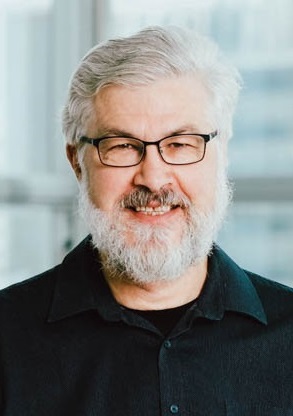
Assoc/P. Stefan Adams
PROFESSIONAL EXPERIENCE
-Associate Professor, Department of Materials Science and Engineering, National University of Singapore (since 2011)
-Assistant Professor in the same Department (2005-2010)
-Senior Lecturer (Privatdozent) for Crystallography, Göttingen University / Germany (2000-2005)
-Lecturer (wissenschaft. Assistent) for Crystallography, Göttingen University / Germany (1994-2000)
-Adjunct Researcher at Solar Research Institute of Singapore (since 2009)
-Adjunct Researcher at the A*Star Institute of Materials Research and Engineering (since 2012)
EDUCATIONAL QUALIFICATIONS
-Dipl.-Chem. Saarland State University, Saarbrücken / Germany (1987)
-Dr. rer. nat. (PhD) in Physics/Crystallography and Electrochemistry, Saarland State University, Saarbrücken / Germany (1991)
-Post-doctoral fellow, Max-Planck-Institute for Solid State Research, Stuttgart / Germany (with Prof. J. Maier) (1992-1994)
-Habilitation & venia legendi in Crystallography, Göttingen University, Germany (2000)
Address: Room 05-27, Blk. E2, 5 Engineering Drive 2, Singapore 117579
Tel: ++(65) 6516-6869
Fax: ++(65) 6776-3604
E-mail: mseasn@nus.edu.sg
The development of such new approaches constitutes a major focus of my work. To reach this goal, we employ (and advances the development of novel methods for) Molecular dynamics simulations and reverse Monte Carlo modelling, the combination of atomistic simulation with experimental structure information; simulation of interfaces and nanocrystalline particles, a novel energy landscape analysis for mobile ions in solids based on our bond softness-sensitive bond valence analysis, and develop effective force-fields for large-scale simulations.
Studies encompass a wide range of materials for sustainable energy applications such as fast ion conducting solids and mixed conducting cathode materials for lithium batteries with higher power or energy density, and ceramic fuel cells operating at moderate temperatures, nanocomposites for chemical and electrochemical energy storage, and tailored nanostructures for the harvesting of solar energy in dye-sensitized and organic bulk heterojunction solar cells.